LaGG-3
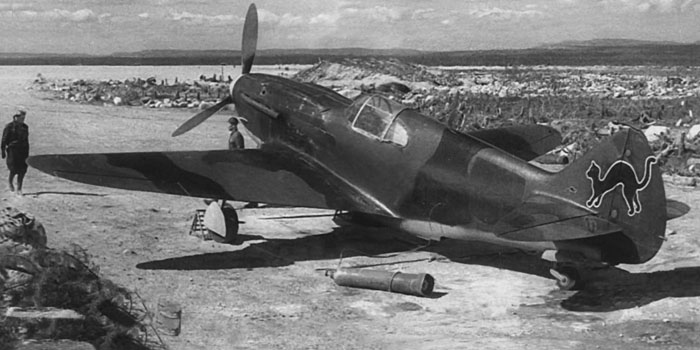
The camouflage of prewar LaGG-3s isn't fully clear; it looks that some very early planes were delivered with uniform green finish on uppersurfaces, but the avalable photos are not conclusive on this.
However, the lack of standardization of the painting scheme of some of them let to suspect that the camouflages were applied on the field, on a green background.
This image shows the plane of Gal'chenko in the spring of 1942; it shows obvious signs of repainting both on fuselage numbers and on winter white bands. It's undiscussed that the base color is green (probably gloss AII green) and the darker one is black, but it's not clear if other bands are made by faded black or dark green, possibly obtained by mixing paints, or fresh AII green.
MiG-3
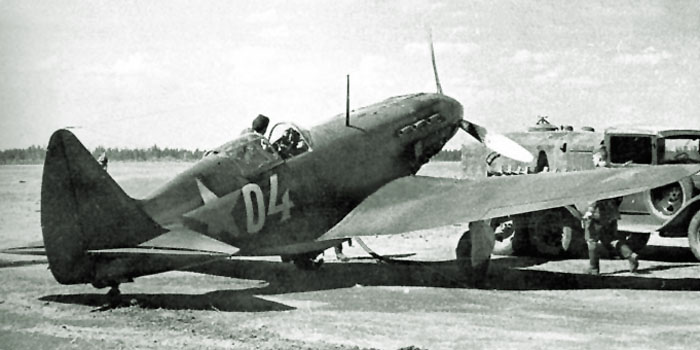
Early MiG-3 of 7 IAP, piloted by Capt. S.N. Polyakov, Leningrad front, summer 1941; according to some sources, the photo was taken some day before the war outbreak.
Noticeable is the non-standard camouflage, apparently composed by four colors, and the red stars over the wings as prewar use; the fuselage star is unusually large if compared to those applied in factory before the war. (Image from Red Stars of Geust, Keskinen, Steinman)
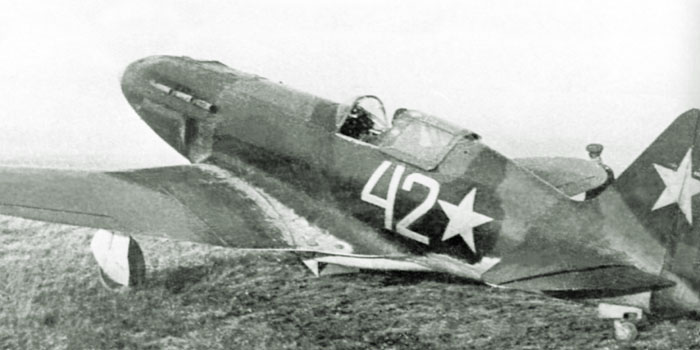
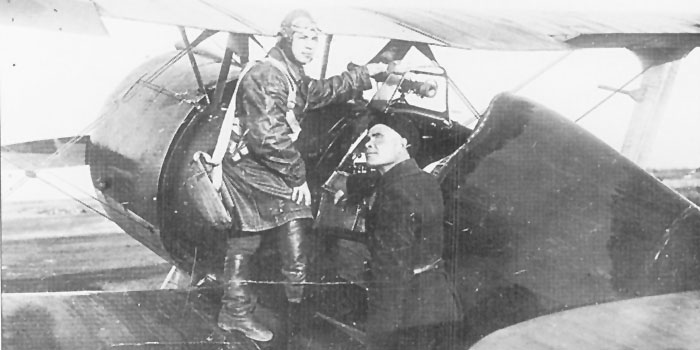
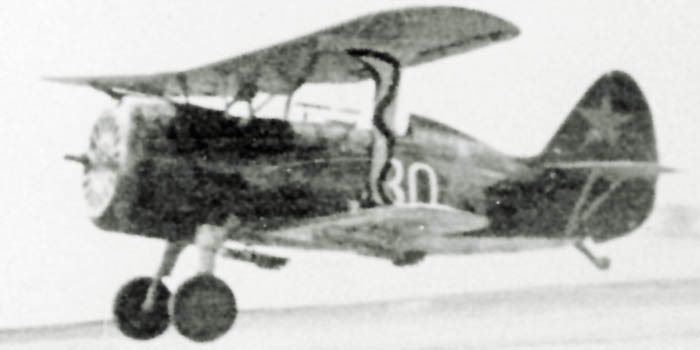
I-15bis of senior lt.V.F.Abramov of 11 IAP Baltic Sea Fleet, 1942. Il looks to have some 3-shade camouflage including also thin black stripes.
To know more, go to the I-15 bis page
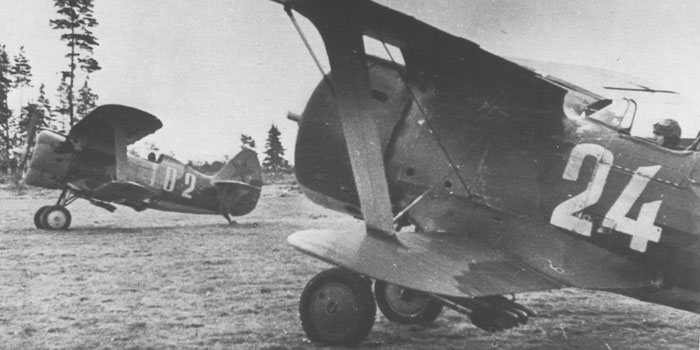
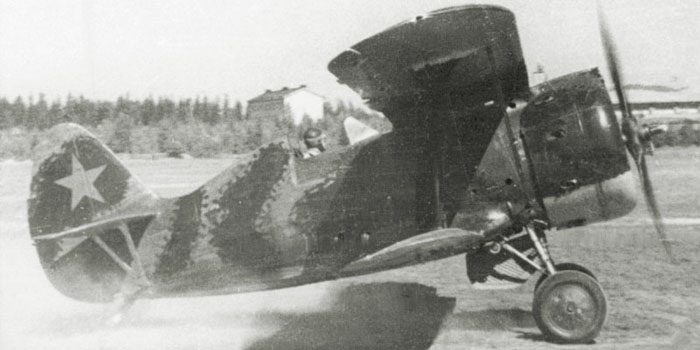
Prewar I-153wore a silver/light grey livery, or an AII green/AII light blue one, or AII green uppersurfaces with silver/grey undersurfaces.
After the war outbreak, many of these planes received a black-green camouflage, often being modified to bear rockets for their new role of ground attack planes.
The camouflage pattern changes from plane to plane, being not standardized at all.
Some planes received strange improvised camouflages with green and black on their previous light livery, as the plane in the photo below.
To know more, go to the I-153 page
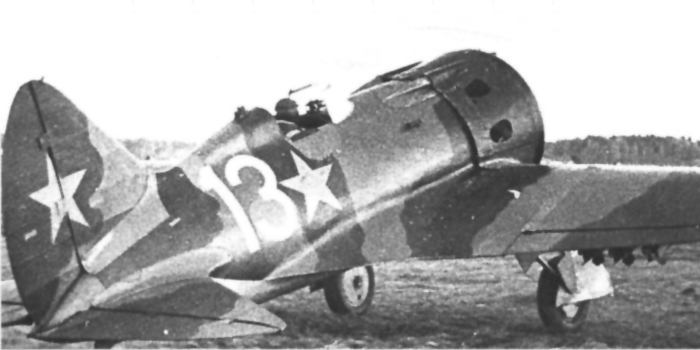
Many examples of I-16s with disruptive camouflage are known. Many of them obtained the new camo during a major hoverhault that transformed them into ground attack planes enabling to bear rockets; other onec could simply have received a field repainting of black bands over the previous AII green livery.
The pattern of the new camouflage oftyen looks an adaptation of the NKAP template of 1941, adapted to the shorter fuselage. The most frequent variations were the suppression of the black half-balls on the rear fuselage sides and the different arrangement of the black bands on the nose.
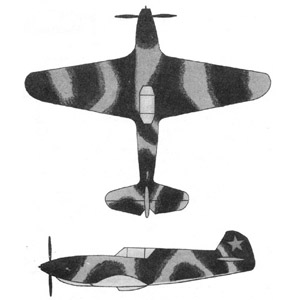
To know more, go to the I-16 page.
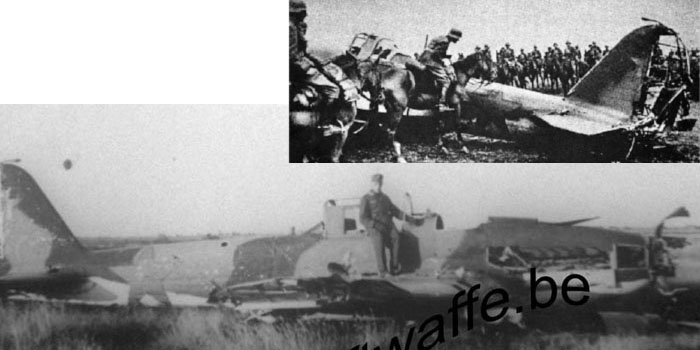
At the war outbreak, all-metal early Il-2s bore an A-19f green livery, while planes with wooden rear fuselage performed the slightly darker AII green on this part.
Sometimes these planes were camouflaged by adding black bands. In this case, it is difficult to distinguish a repainted plane from one delivered already camouflaged from the factory.
Just after the war outbreak, the camouflage was not standardized, but changed much from plane to plane; probably this is particularly true for the planes built after the war with green livery and updated by painting black bands.
This single-seater Il-2 shows a camo scheme different by that of the standard template. Note the huge black-outlined star on the fuselage, and the smaller one on its tail, that are very characteristics of planes (downed) in July-August 1941.
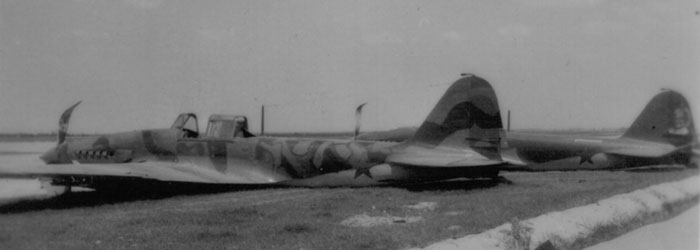
Other times, strongly non standard camouflages are visible on the earlier uniform green base.
In the photo aside, we see a pair of Il-2s downed; the first one has a fantasious livery made with blotches over the uniform green background. Note that they didn't update the plane with red stars on the tail sides, as wartime standard would have prescribed.
To know more, go to the Il-2 page.
Su-2
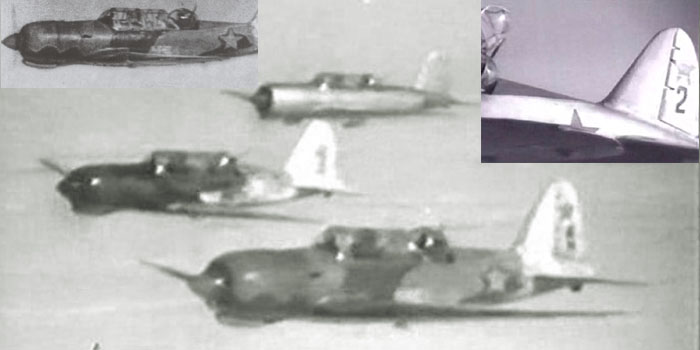
Although unclear, this screenshot from a movie of 1942 is of extraordinary interest, showing:
Su-2M-88B red 8 with a non-standard camo including probably two shades of light brown or grey on the fuselage and white temporary paint on the tail;
Su-2 M-88B red 1 with standard black-green camo and temporary white finish on its tail;
Su-2 M-88 black 2 with overall silver finish; only the foldable panels behind the turret are painted with a darker color, and the spinner could be red.
Yak-4
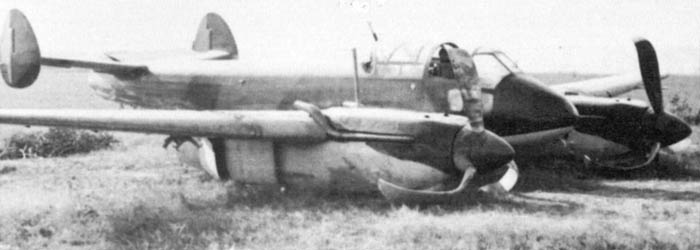
Yak-2 and 4 disappeared quickly from the skies after the war outbreak.
These photos are of the only one that had a strong evidence of being camouflaged. For what can be seen, the camouflage is according well with the template utilized for Pe-2s.

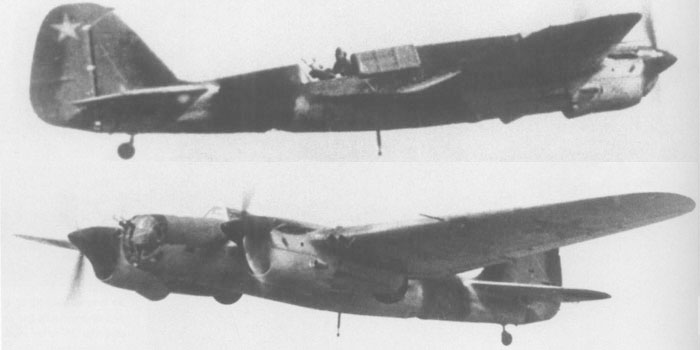
At the war outbreak, many SB had preserved their original livery, light grey AE-9 or silver AE-8.
Many of them appear to have been repainted with green or green-black dots, strokes or stripes; it's likely that many of these repaintings were made before the German attack, at the time of the Kalinin-gol war with Japaneses; some of the repaintings could have been done after the war outbreak too.
The number of photos of SB repainted with the wartime green-black disruptive livery is very limited, probably because the most part of SB were lost in the first weeks of war.
To know more, go to the SB page.
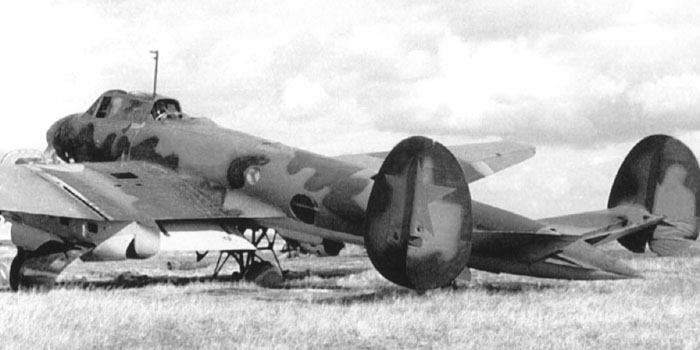
Prewar Pe-2s were finished with A-19f gloss green uppersurfaces and gloss blue-grey A-18f undersurfaces.
At the war outbreak, their painting was often modified with the addition of black bands, sometimes with a fantasious pattern.
To know more, go to the Pe-2 page
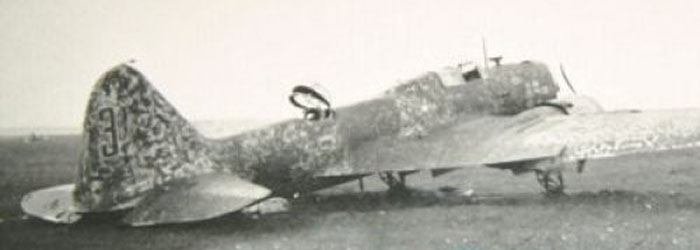
Prewar DB-3s usually wore a silver livery.
Wartime DB-3s often appear to have fantasious improvised camouflages, made with green and eventually black dots, stripes or waves that oflen leave part of the silver background visible.
It's possible that many of these irregular liveries were painted before the war outbreak, in fact they usually don't bear red stars on the sides of the tail as it would be prescribed by wartime use.
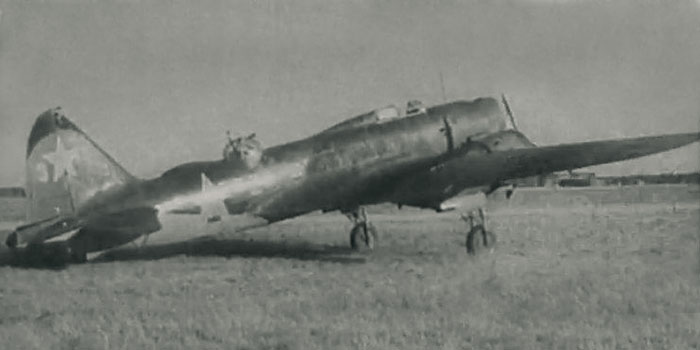
In a second time, the few DB-3 survived to the first weeks of war were repainted with AMT-4 green and AMT-6 black camouflage, The undersurfaces were sometimes left of the original silver color, sometimes repainted with AMT-7 light blue.
To know more, go to the DB-3 page
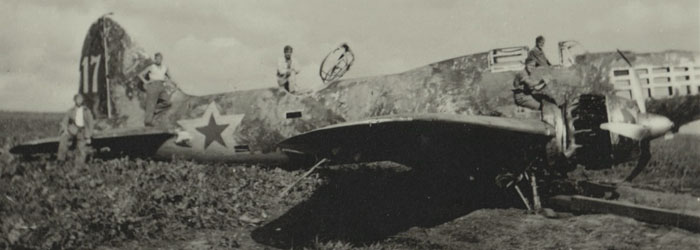
Many of the early DB-3F were delivered with a silver finish; as DB-3s; their shining was often masked by improvised camouflages made with strokes and dots of green, black and perhaps other colors. Again, it's possible that some of these repainting were made before the German attack.
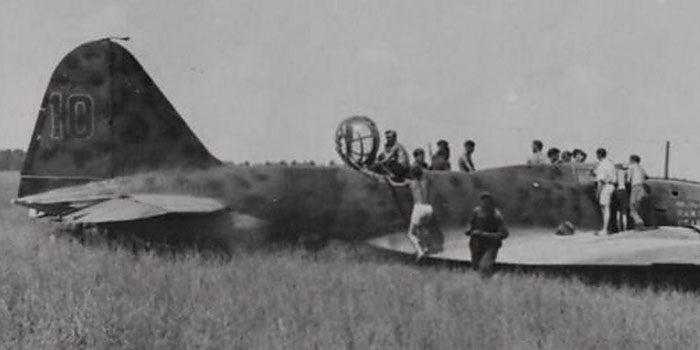
Other DB-3s were delivered with A-19f green amd A-18F light blue-grey livery; these planes were easily camouflaged with black bands to match the green-black scheme introduced in June 1941.
In this case, the pattern can be different from the typical factory ones.
To know more, go to the DB-3F page.
R-5
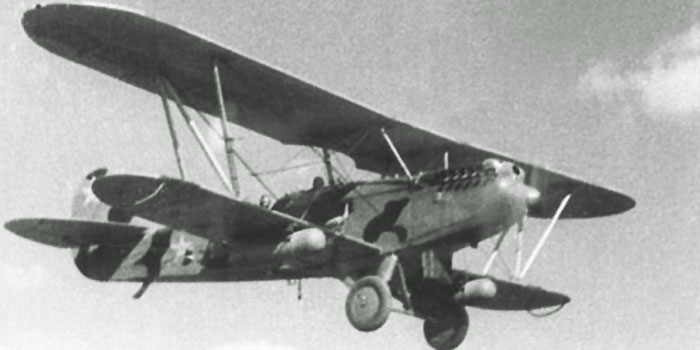
UT-1
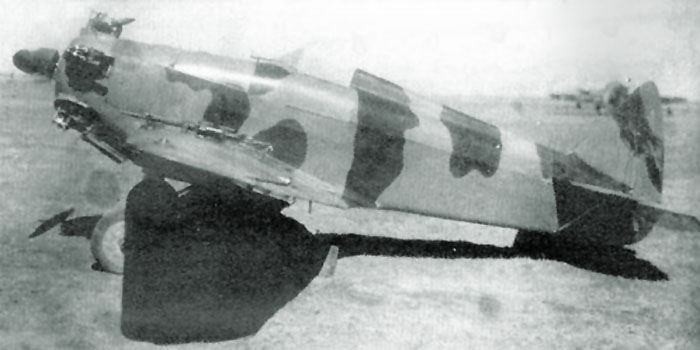
TB-3

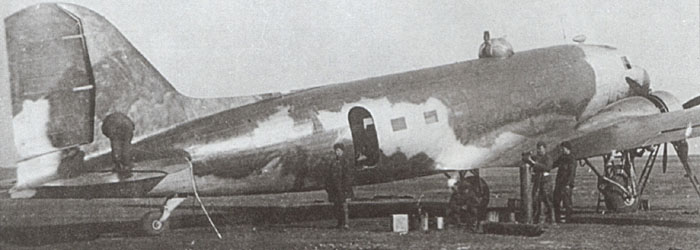
This Li-2 was sprayed with green and black over the original aluminium livery. It looks that the painter is still doing his work while photographed, so, at the end, the silver probably had been completely covered by black. The pattern visible here is not identical to that of new-built Li-2s of 1941/43. It's likely that the undersurfaces preserved the original silver finish.
To know more, go to the Li-2 page


